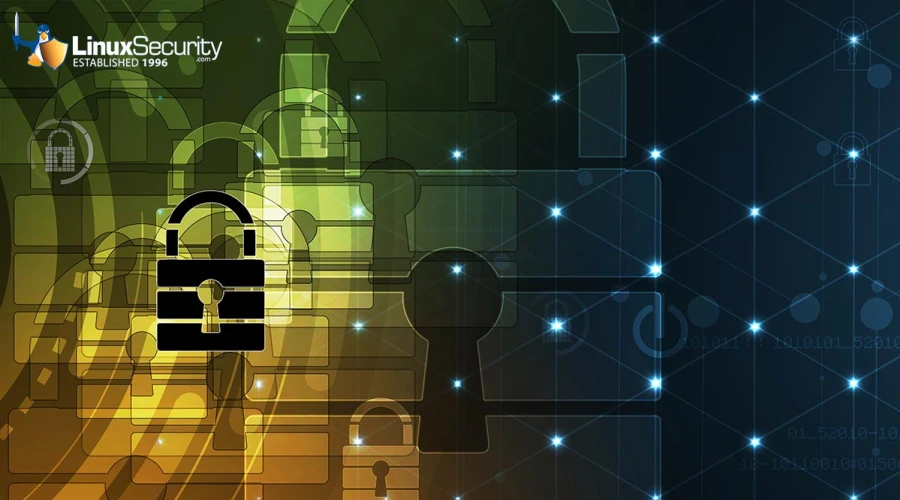
TeamTNT has recently emerged at the forefront of the ever-evolving threat landscape by devising novel exploits assaulting Docker clusters. Their Docker Gatling Gun campaign has targeted 16 million IP addresses worldwide and attacked Docker clusters globally.
To help you understand and prepare for this emerging threat, I'll investigate its nature, attack flow, impact, and targets, providing system administrators with actionable insights to protect against this campaign and other Linux container security threats.
Understanding This Docker Security Threat
TeamTNT, widely recognized in the hacking community, has made headlines again by engaging in an unprecedented attack against cloud-native infrastructures. By exploiting exposed Docker daemons, this group systematically deploys Sliver malware, a multi-faceted cyber worm, and crypto miners through compromised servers and Docker Hub to perpetuate their spread while renting out computational resources to third parties for direct crypto mining operations. Their devious yet malevolent campaign uses native cloud capabilities by employing Docker Swarm Expansion capabilities while using Docker Hub to distribute Sliver malware.
Decoding the Attack Flow
 TeamTNT Gutling Gun Attack Flow (source: aquasec)TeamTNT's campaign showcases an intricately planned attack flow, with the following key components observed over seven years:
TeamTNT Gutling Gun Attack Flow (source: aquasec)TeamTNT's campaign showcases an intricately planned attack flow, with the following key components observed over seven years:
- External and Local Lateral Movement: Malware infections can be quickly deployed within an organization's network by employing tools like Masscan and ZGrab to deploy them quickly on related servers within its environment. Local network probing also plays a vital role in spreading infections quickly across servers within it.
- Resource Hijacking: This aspect primarily centers on crypto miner deployment and, more surprisingly, the sale of compromised infrastructure for computational resource stripping purposes, relieving mining operations, and maintaining operations independently.
- Command and Control (C2): By employing Sliver malware as a significant barrier against counterintelligence efforts, TeamTNT has upped their game by potentially adding Tsunami functionality into their strategy.
- Cloud Tool Exploitation: Docker Hub has been used for malware storage and distribution, while Sliver provided command and control (C2) and exploit capability.
Initial attacks involve exploiting Docker daemons on specific ports, laying the foundation for an advanced "Docker Gatling Gun" script which scans for vulnerable instances to create an extensive target range and, upon success, deploys an Alpine Linux image with malicious commands from TeamTNT's Docker Hub account.
Sliver Malware Explodes to New Heights
TeamTNT has swapped its previously utilized backdoor utility Tsunami for more subtle Sliver malware. This open-source tool enables dynamic C2 operations across various protocols while remaining undetectable due to its per-binary asymmetric encryption keys explicitly compiled for each binary encryption key used. TeamTNT can utilize Sliver malware to direct commands, execute payloads, and introduce in-memory execution capabilities.
Through its exploits, TeamTNT poses a severe threat to cloud-native landscapes. This group's attacks silently spread across cloud infrastructures by seizing Docker clusters. Using Docker Swarm extends its reach and ensures persistent presence as crypto miners sap computational resources from victims, showing its devastating potential.
Who Is at Risk?
Its Docker cluster operators with exposed daemons are primary targets in this campaign. This can encompass businesses and organizations using cloud services or open-source cloud software—especially those operating operational baselines and open-source entities in the cloud environment. However, due to indications of potential future Kubernetes cluster exploitations, the net at risk can expand further; virtually any organization using containerized environments without taking stringent security precautions is also at risk.
Practical Strategies to Help Sysadmins Reduce Risk
 Protecting Docker clusters against such malignant threats requires a proactive and multi-layered approach including the following best practices:
Protecting Docker clusters against such malignant threats requires a proactive and multi-layered approach including the following best practices:
- Port Security: For best practice, ensure that Docker daemon ports (2375, 2376, 4243, and 4244) do not expose themselves directly to the public internet. Instead, bind them directly to localhost or utilize VPN technology to access Docker environments.
- Secure Docker API endpoints: Set up mutual TLS authentication and implement encrypted communication for data protection while in transit.
- Monitor and Analyze Network Traffic: Regularly monitor for unusual network activity patterns that could indicate an attack script or illegal Docker images being pulled from registries.
- Maintain Docker and its Dependencies Regularly: To protect against vulnerabilities that attackers could exploit, it is recommended that Docker and all its dependencies be regularly updated and patched for optimal performance and to reduce vulnerabilities that malware could exploit.
- Access Controls: To limit the number of users who can push or pull images from Docker registries and environments, role-based access control (RBAC) should be applied.
- Secure Container Images: Before deployment, always utilize reliable base images and scan for vulnerabilities before rejecting those that do not pass security checks.
- Limit Resource Usage: Set restrictions on Docker containers to minimize potential gains from crypto miner deployment while monitoring for abnormal resource consumption patterns.
- Incident Response Plan: Develop an incident response plan so you can take quick, decisive action if your system becomes compromised. For example, you could isolate infected containers and servers and conduct a full forensic investigation.
- Backup and Recovery: Keep backup copies of crucial data and system configurations on hand to ensure fast recovery in case of security incidents.
- Education and Training: Provide all team members with training on this form of attack and ensure all operators use container operations judiciously while adhering to best practices for Docker security.
Identity Threat Detection and Response (ITDR)
What is ITDR? Have you thought about some of the ways we can block these types of attacks? Identity Threat Detection and Response (ITDR) is all about keeping a close eye on who is accessing your systems and ensuring they're supposed to be there. Imagine it as a vigilant security team dedicated to tracking user activities and catching any suspicious behavior that might indicate someone is trying to gain unauthorized access.
With ITDR, you'll have tools that continuously monitor what users are doing, look for unusual patterns that could signal a threat, and enforce strong security measures like multi-factor authentication to make sure only the right people get in. If something fishy does happen, ITDR systems can jump into action automatically, alerting your team and taking steps to minimize any potential damage. In short, ITDR helps keep your digital environment safe by focusing intensely on the security of user identities.
Check out ModSecurity for Apache. It's a bit complicated to use, but it's an open source web application firewall (WAF) that can also be configured to monitor and respond to potential identity threats happening through web applications. It includes real-time monitoring and logging of HTTP traffic, a rule-based detection system, and the ability to block suspicious activities and mitigate attacks against Apache.
Our Final Thoughts on Combating This Container Security Threat
Administrators can take proactive measures against TeamTNT and other threat actors by employing these measures, strengthening their cloud environments against any unauthorized exploitation and potential malware campaigns.
Security is an ongoing priority for us admins, particularly given cloud technologies' increasing role in business operations and threat actors like TeamTNT becoming ever more sophisticated. Therefore, administrators must remain vigilant and implement robust measures to safeguard against potential breaches.













